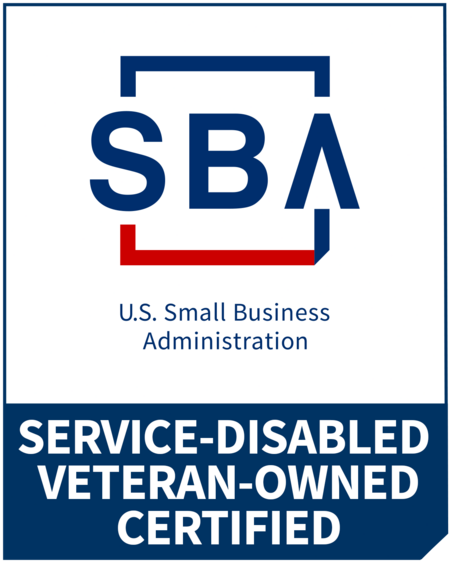Network Cabling
Why You Need Structured Cabling for New Construction & Existing Buildings

Every business building needs telecommunications infrastructure to operate properly, from the phone system and computers to wireless printers and even the security system. You might hear the term structured cabling thrown around when you discuss telecommunications infrastructure for your facility. We’ll discuss why you need structured cabling for new and existing buildings.
What is structured cabling?
Also known as structured wiring, structured cabling supports the performance of your telecommunications network to make sure it runs optimally.
What are the main components of structured cabling?
You will find six basic components of structured cabling in your building:
Horizontal cabling is the most common type of structured cabling you’ll hear about. These wires connect your server or closet to the individual computers, phones, and machines that need to be hardwired to the internet. These cables run horizontally above the ceiling or beneath the floor.
Backbone cabling connects large accumulations of telecommunications infrastructure together, such as the server room, equipment rooms, entrance nooks, security rooms, and access provider points.
A work area is where horizontal cabling comes out of the ceiling or floor to connect with individual machines. This is the end point of horizontal cabling.
An equipment room is where your building connects to the outside cabling infrastructure. Typically, this is the room that provides connections for backbone cabling, horizontal cabling, network switches, services, and boxes that house your internet equipment.
Telecommunications room can be a dedicated room or part of a larger room where different types of cables cross-connect. For example, you have a large facility that has fiber optic cables running through it. A telecommunications room is a dedicated location where fiber optics connect to a machine that sends out Cat6 Ethernet cables as horizontal cabling to individual machines in your building.
The entrance facility is marked by a conduit in an exterior wall where external cabling enters your building before deployment to your internal telecommunications equipment like servers, racks, hardware connectors, and power supplies.
How is structured cabling deployed?
Structured cabling is more than just throwing cables around in walls and ceilings. It involves an overall plan and design to efficiently deploy various cables throughout your facility. Structured cabling organizes your telecommunications infrastructure, and it also future-proofs your telecommunications needs by making things easier to manage as your operations expand and grow.
Who can design and install structured cabling for my business?
CKC Data Solutions can appraise your current situation to help bring your existing telecommunications infrastructure up to modern standards and beyond. Every building’s situation is unique. Your facility requires a custom solution for structured cabling. We have more than 20 years of experience in the industry. Contact us or call (417) 812-5251 for more information.
Latest Blog Posts
- Grid-Interactive Efficient Buildings: A National Security Strategy for a More Resilient Grid
- How GEBs & PoE Devices Can Reduce Energy Costs and Unlock Savings for Government Agencies
- Six Practical Reasons for Hiring a Managed IT Services Provider
- What Is a Managed IT Provider and Why Does a Business Need One?
- How to Retrofit Your Older Facility Into a Smart Building